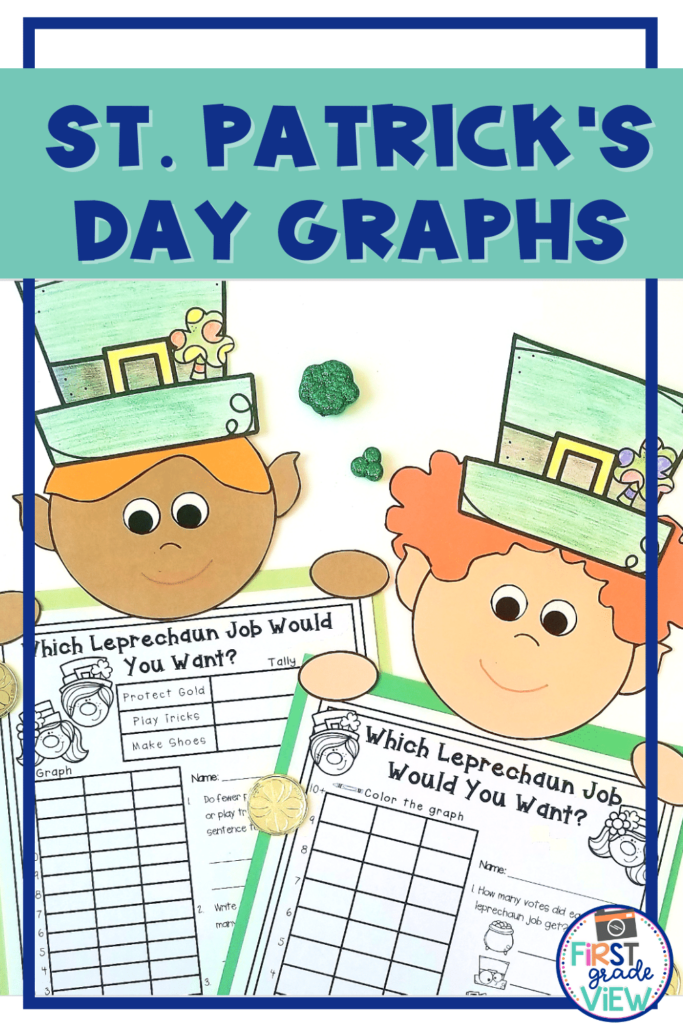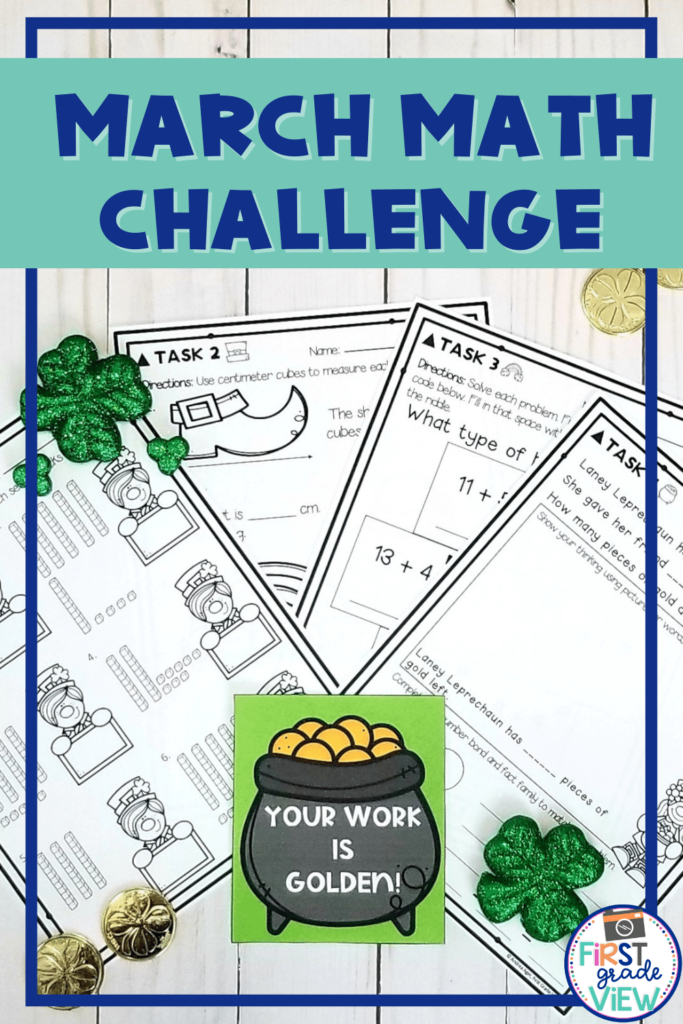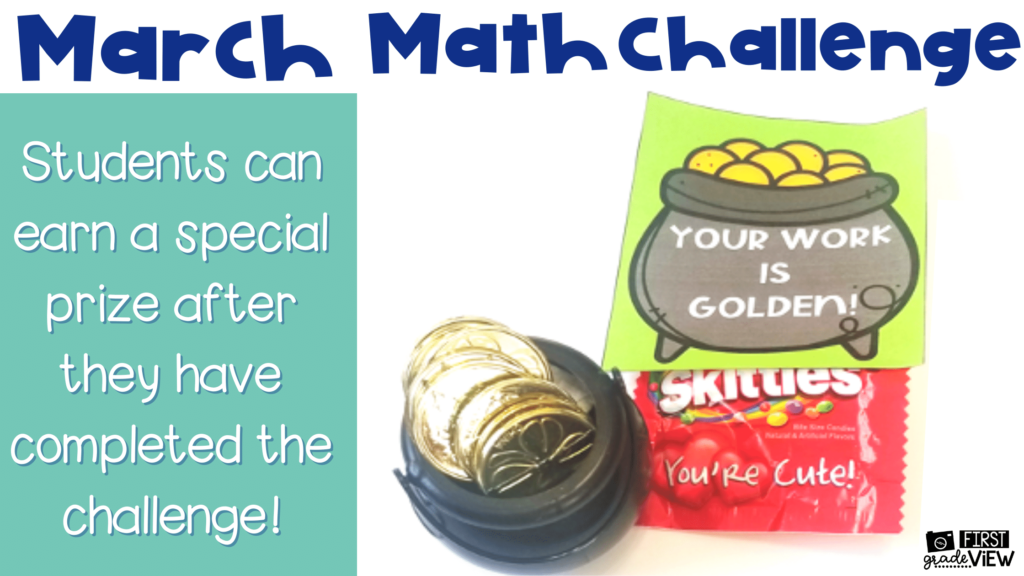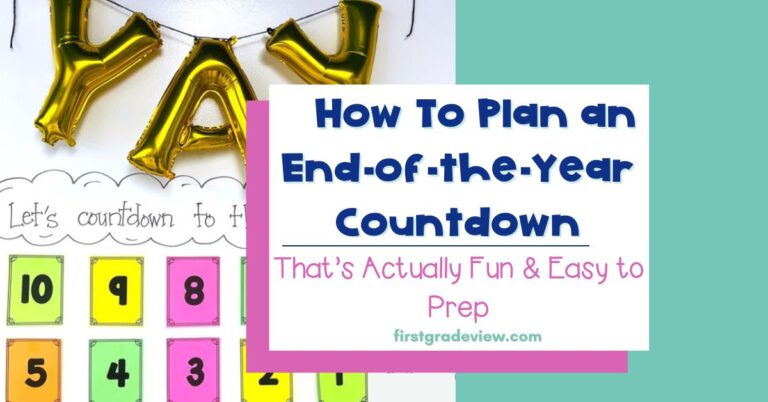I don’t know about you, but March feels like the longest month of the year when you are a teacher. One way you can break up the long month is to incorporate some fun St. Patrick’s Day math activities. Since our primary students love all things leprechauns, these activities are sure to get plenty of engagement!
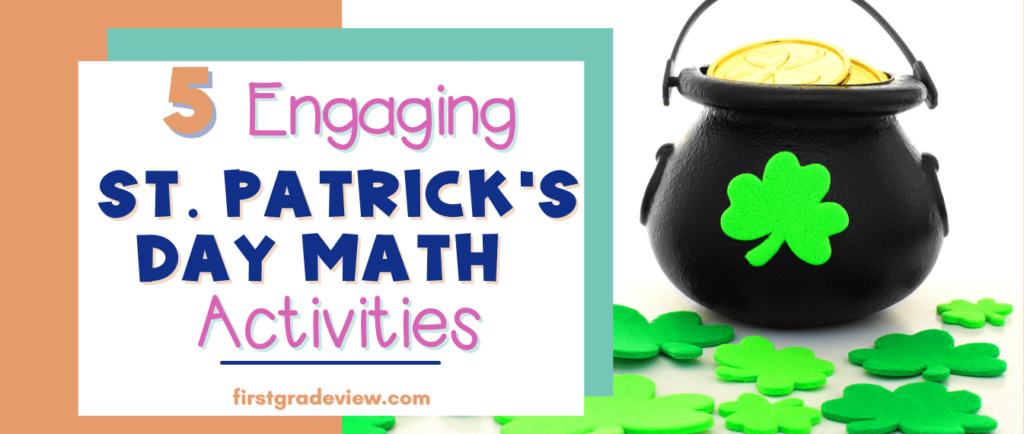
St. Patrick’s Day Graph
When students think about St. Patrick’s Day, the first thing that comes to mind are usually leprechauns! Students love imagining what it would be like if they caught a leprechaun and found a pot of gold. This post by Kids Create and Play Blog, is a great site to introduce your students to the world of leprechauns.
After learning all about leprechauns, you could create a class graph by polling your students on which leprechaun job they would want- protecting gold, playing tricks, or making shoes.
Then, once all the data is collected, help build your students’ statistical literacy by focusing on questions where they must analyze the data. For example, you could ask, “Which job got the least amount of votes? What could the head leprechaun do to make that job more appealing?” You could also ask questions involving computation such as “How many students were polled in all?” However, keep in mind, when it comes to data, we want to focus on analysis not just computation.
After students have analyzed the data, you could have them create a bar graph with their very own leprechaun topper! These graphs will make the perfect St. Patrick’s Day math bulletin board! You can grab this leprechaun graphing activity here.
St. Patrick’s Day Math Word Problems
Another fun math activity for the month of March is to incorporate St. Patrick’s themed word problems or math stories into your problems of the day. You could pose a word problem to your class. Be sure to unpack the problem together to help students make sense of the problem. Additionally, offering multiple number sets for the math story is a great way to easily differentiate the problem for your students.
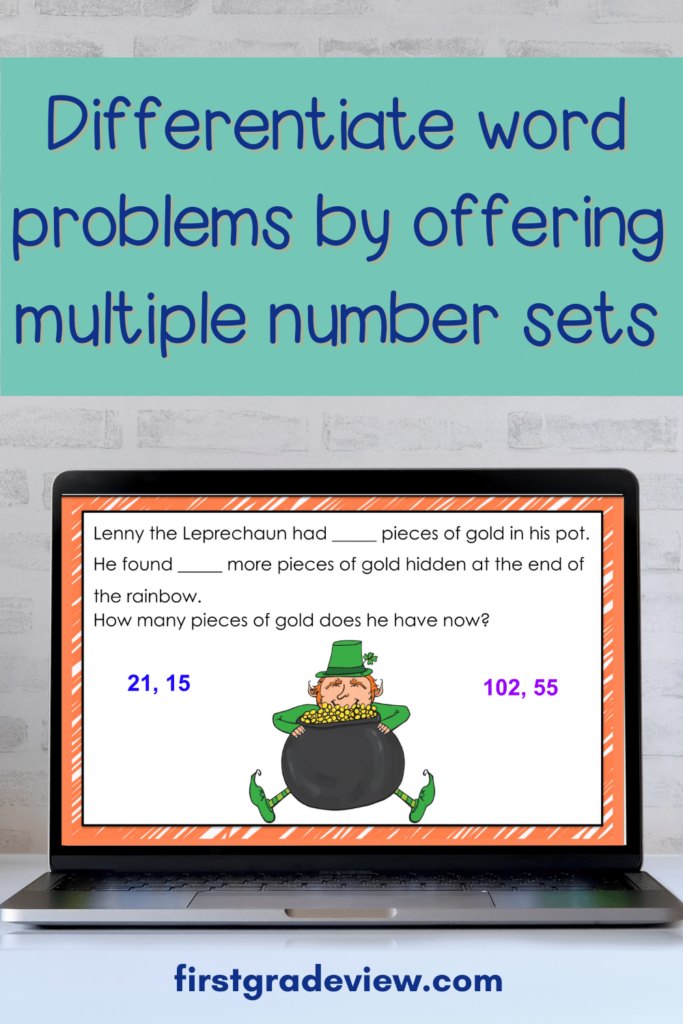
St. Patrick’s Day Riddle
Looking for St. Patrick’s Day math activities to challenge your students’ thinking? Try math riddles! In these logical thinking riddles, students must follow a series of equations to figure out what number each picture represents. Once they have determined what each variable represents, they can solve the final equation. Students love solving these math riddles and it is a great way to introduce them to algebra! If your students are trying these for the first time, you may want to walk them through it. If you make part of your regular practice, students will solve these on their own and have fun becoming problem solvers.
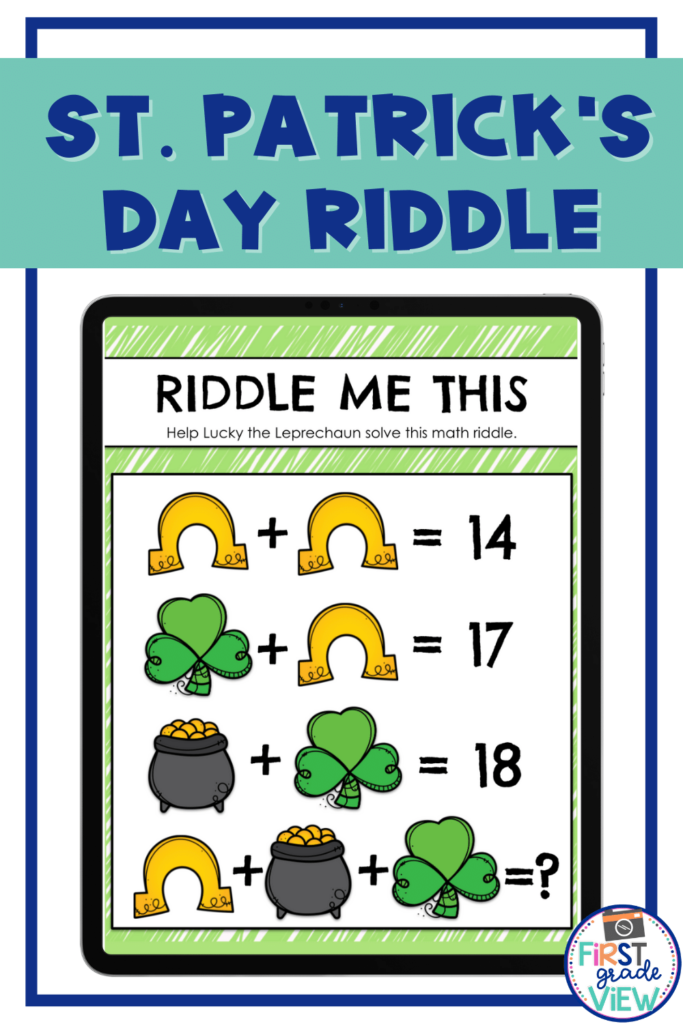
St. Patrick’s Day Math Challenge
Each month, I like to review the math concepts we are working on in class with my students. One of the best ways I have done this is by having them complete a math challenge each month. In this St. Patrick’s Day math challenge, students must help Lucky the Leprechaun get to the other side of the rainbow to reach his pot of gold. They help him by solving a series of four math tasks. Each activity focuses on something we have been practicing in class. For the month of March, students review place value, measurement, fact practice, and problem solving.
Each activity is checked for accuracy once students are finished. If they get everything correct, they receive a letter. Once all the math tasks are complete, they must unscramble the letters to reveal the hidden word! Students have so much fun reviewing the concepts and the best part is these math tasks can double as a summative assessment! You can get this March Math challenge here.
St. Patrick’s Day Probability
In this fun activity, students are introduced to the concept of probability. Since students will be collecting information using tally marks, you could read the book Tally O’Mally beforehand.

To begin this math activity, give students all the letters to spell out St. Patrick’s Day. They will cut them out and place them in a paper bag. Afterwards, have them make an estimation of how many times they will have to draw a letter from the bag to spell St. Patrick. Students will keep track of their draws using tally marks and then total them up at the end. Your students will be really engaged in this St. Patrick’s day math activity while learning about probability!

I hope this roundup of St. Patrick’s Day math activities have been helpful to infuse fun math tasks during the month of March in your classroom. I’m curious to know which math activity you think your students would love to try. Let me know in the comments!
You may also like:
24 Awesome St. Patrick’s Day Activities for Your Classroom


